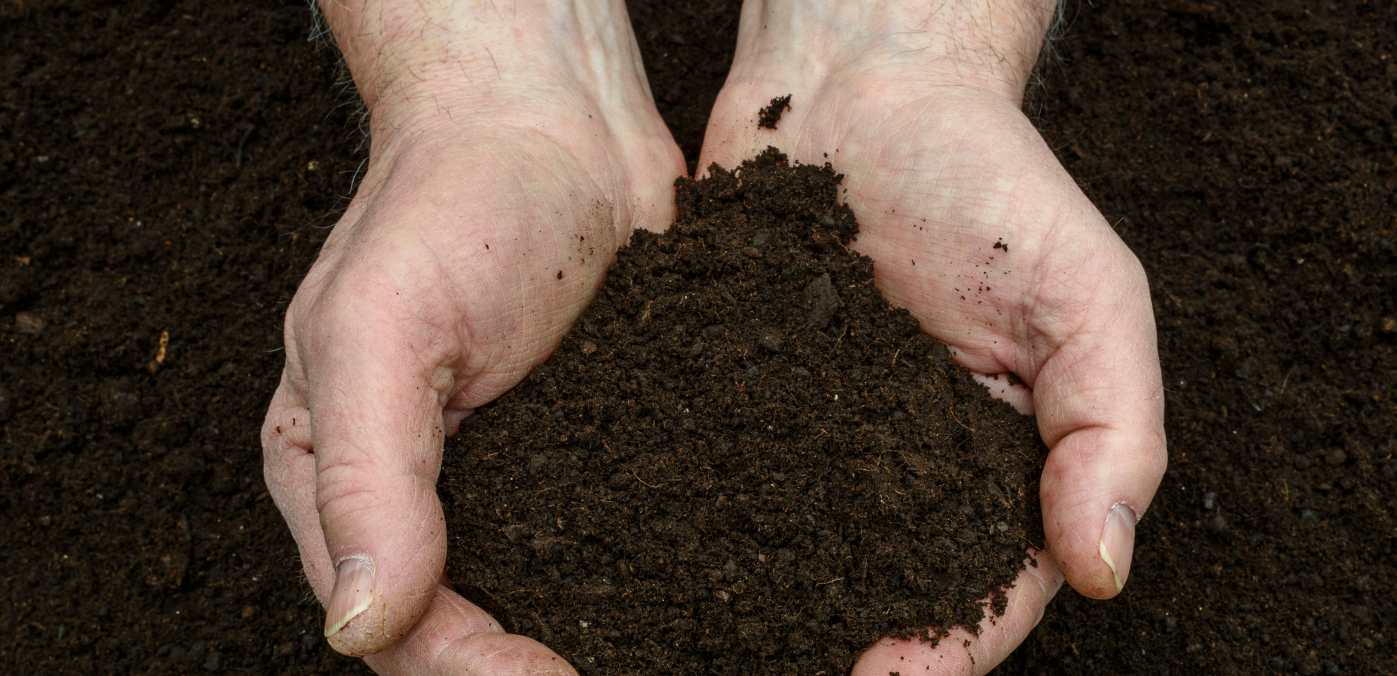
Herbaceous peonies are beautiful flowering plants that add elegance and charm to any garden. To ensure their successful growth and abundant blooms, proper planting techniques are crucial. In this blog post, we will guide you through the process of planting herbaceous peonies, from selecting the ideal location to maintaining their health.
1. Choose a sunlit spot: Herbaceous peonies thrive in full sun, although they can tolerate partial shade. Select a location that receives at least 6 hours of sunlight each day to ensure optimal growth and blooming.
2. Prepare the soil: Prior to planting, enrich the soil with compost or aged manure. Incorporate the organic matter well to improve drainage and provide essential nutrients to the peonies. Optional: add bone meal this will encourage root development.
3. Dig the perfect hole: Dig a hole that is twice as wide as the peony’s root ball, ensuring a minimum size of 18 by 18 inches. Breaking up the subsoil is important for the root development of the peony.
4. Correct planting depth: Place the peony in the hole, ensuring that the buds are about 1 ½ to a maximum of 2 inches below the soil surface. Planting too deep may hinder blooming, so pay attention to the depth.
5. Water and maintain moisture: After planting, thoroughly water the peony and strive to keep the soil consistently moist, avoiding waterlogging. Adequate hydration is crucial for the plant’s establishment and overall health.
6. Optional mulching: To suppress weeds and maintain soil moisture, consider mulching around the base of the plant with 2-3 inches of organic material. This will also provide insulation during colder months.
7. Fertilizing: Apply a low-nitrogen fertilizer in the fall or early spring, avoiding excessive nitrogen that may result in lush green foliage while reducing flower production.
8. Proper pruning: In the fall, after the foliage dies back, cut the stems down to ground level. This practice helps prevent diseases and promotes healthy regrowth in spring.
9. Provide support: Herbaceous peonies often require support due to their large flowers that can cause the stems to droop. Place supports before the new growth becomes too large in the spring to prevent damage.
10. Transplanting considerations: Herbaceous peonies are best suited for in-ground planting. However, if you need to move them and cannot replant them immediately, consider using a wide grow bag or a crate with sufficient airflow and circulation to allow the roots to breathe and spread. Potted peonies may experience transplant shock, so extra care is needed when transitioning them to the ground. Planting herbaceous peonies in the right location and following proper care guidelines is key to their successful growth and vibrant blooms. By providing adequate sunlight, preparing the soil, and maintaining regular watering, you can enjoy the beauty of these stunning flowers in your garden for years to come. Remember to support the plants when needed and consider their unique transplanting requirements if necessary. Happy gardening!